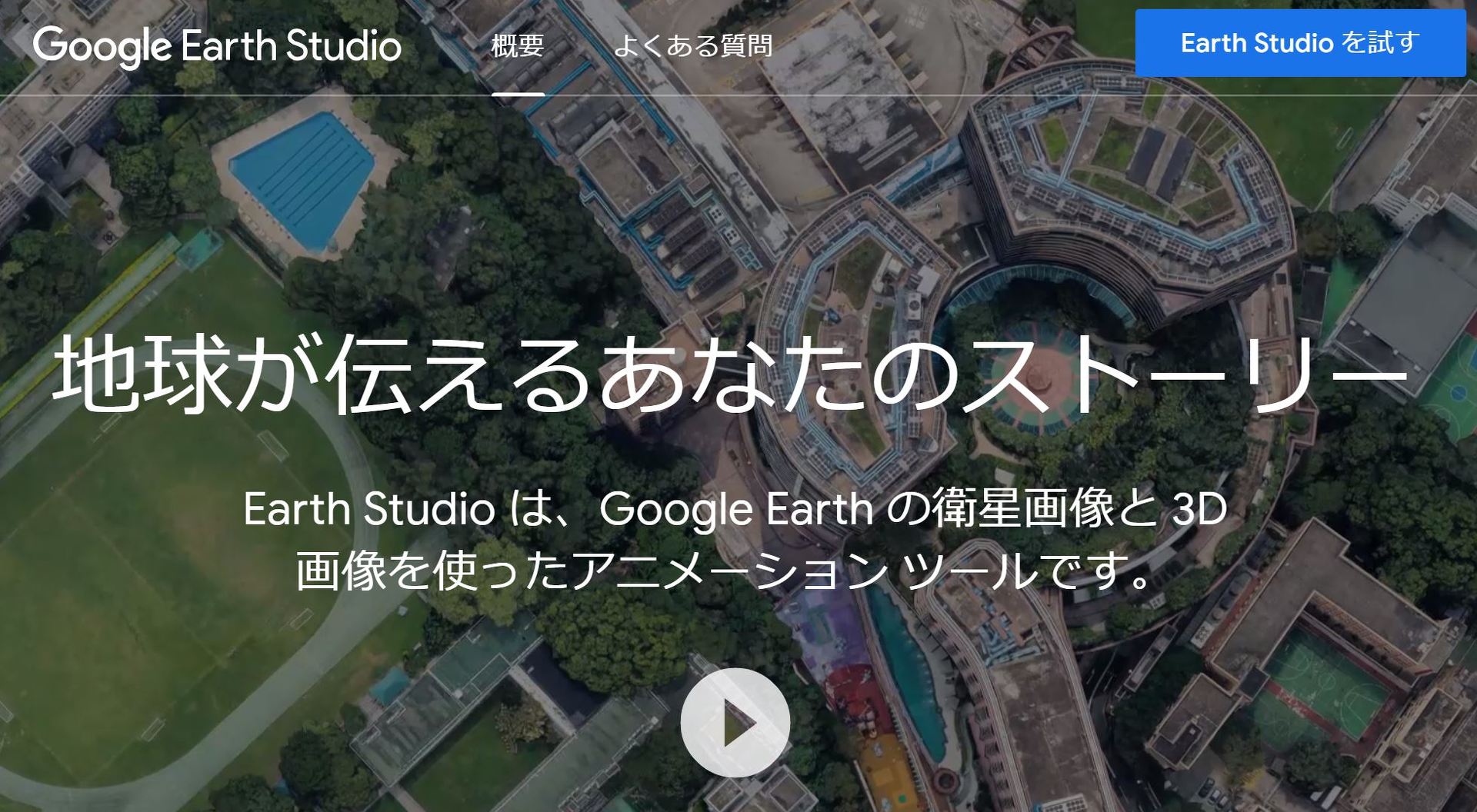


For the second shot, I'll create a quick spiraling fly-in shot by going to File > New > Spiral.

I'll bring the camera to an altitude of around 33,000 meters and then animate a slow right to left movement, along with a small pan. For the first shot, I'll start a new project in Earth Studio and search for the Arc de Triomphe. And once again, I covered the specifics of how to get up and running with Google Earth Studio in my first tutorial, so if you haven't watched that already, be sure to check that out first here. As with my initial tutorial, I’m focusing on the Arc de Triomphe in Paris, France. Let’s take a step by step look at how we can accomplish a composite using these two programs.įor this tutorial I’ll be creating two shots-a high altitude shot and a fly-in spiraling shot. With this method there’s no need to manually track elements inside of After Effects-simply drop the elements in and reposition. This data allows AE users to easily composite graphical elements into Google Earth animations. The beauty of this web application is the fact that you can set track points and export 3D camera data for use in Adobe After Effects. For a detailed introduction to Earth Studio, check out my last article here. Google recently introduced Earth Studio, a browser-based animation tool that allows users to create, customize, and share detailed Google Earth animations. With Google Earth Studio and Adobe After Effects, compositing has never been easier.


 0 kommentar(er)
0 kommentar(er)
